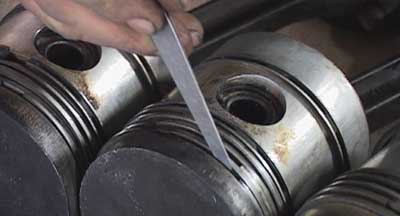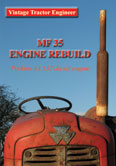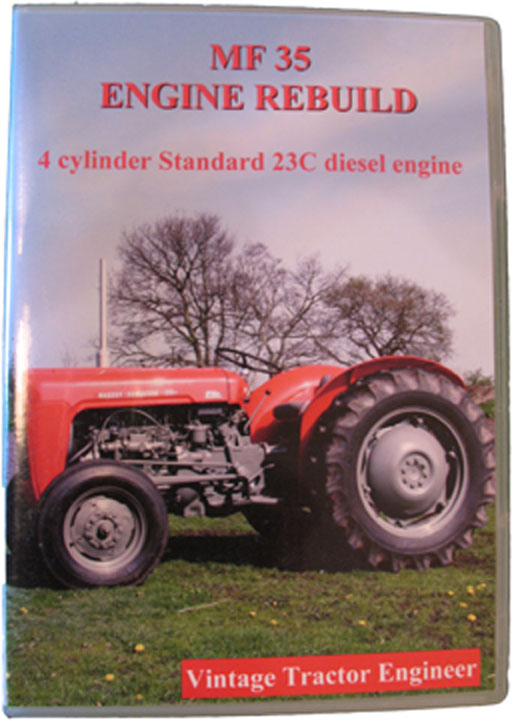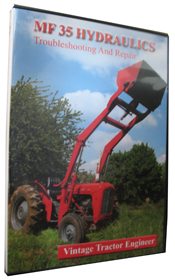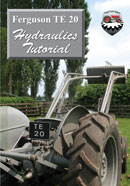Want to check out our tractor maintenance videos? Click here to see what we've got!
Jim has sent VTE a link to this video. We see a big heavy old traction engine running in a low gear with low rpm but high torque. This is challenged by a a high horse power John Deere which has been customised for tractor pulling…
What Can We Learn?
Well the outcome of the tractor pull is no surprise to us vintage men (and ladies). We always knew the old ones were the best!
This was fun to watch, but it also reminded VTE of a few practical concepts which have shaped our tractors over their development.
For the first 40 years or so of tractor development we saw them getting bigger, heavier and more horse power so they could pull larger cultivators. Harry Ferguson turned all this on its head when he developed weight transfer through his three point hydraulic linkage system. That gave us a lighter and smaller tractor that could perform better than its heavier counterparts by utilising this draft force to increase the weight onto the drive wheels.
As the decades have gone by this system has remained relatively unchanged, obviously with tractors getting larger and more powerful. Rear wheel drive tractors has meant that the obvious place to add wieght (when necessary) has been on the rear wheels. However, more powerful engines can cause the front end of the tractors to rear up off the ground in good dry tractive conditions, so front weights may have been added.
The development of four wheel drive tractors has again seen the requirement for more front weight to get maximum use out of those front driven wheels.
Trailed Implements
The larger modern tractors are often now seen pulling trailed cultivators, as it isn’t always practical to provide a mounted version. The implement manufactuers do design some weight transfer into their cultivators, but this is rarely as good as what can be achieved with a mounted cultivator. For that reason the operator has had to re-examine the weight distribution of the tractor and rear wheel weights can give increased tractive performance in these situations.
Articulated Tractors
The thoughts outlined above relate to what we know in the UK as conventional tractors (or front wheel assisted tractors for the four wheel drive versions). The large equal wheeled tractors are designed to pull trailed impements. That’s why they have weight built into them.
Think About Traction
Each situation is different.
- Do you have weight transfer from your implement?
- Do you need extra weight?
- Need extra weight. If so, where?
- Choose the correct tyre pressure
- Loading the front of a trailer first will aid traction
- Different soil types create different conditions (sands have a lower shear force than clays)
- Choose a tyre size to match the tractor and conditions
- Radial tyres will place more rubber on the ground than a cross ply

